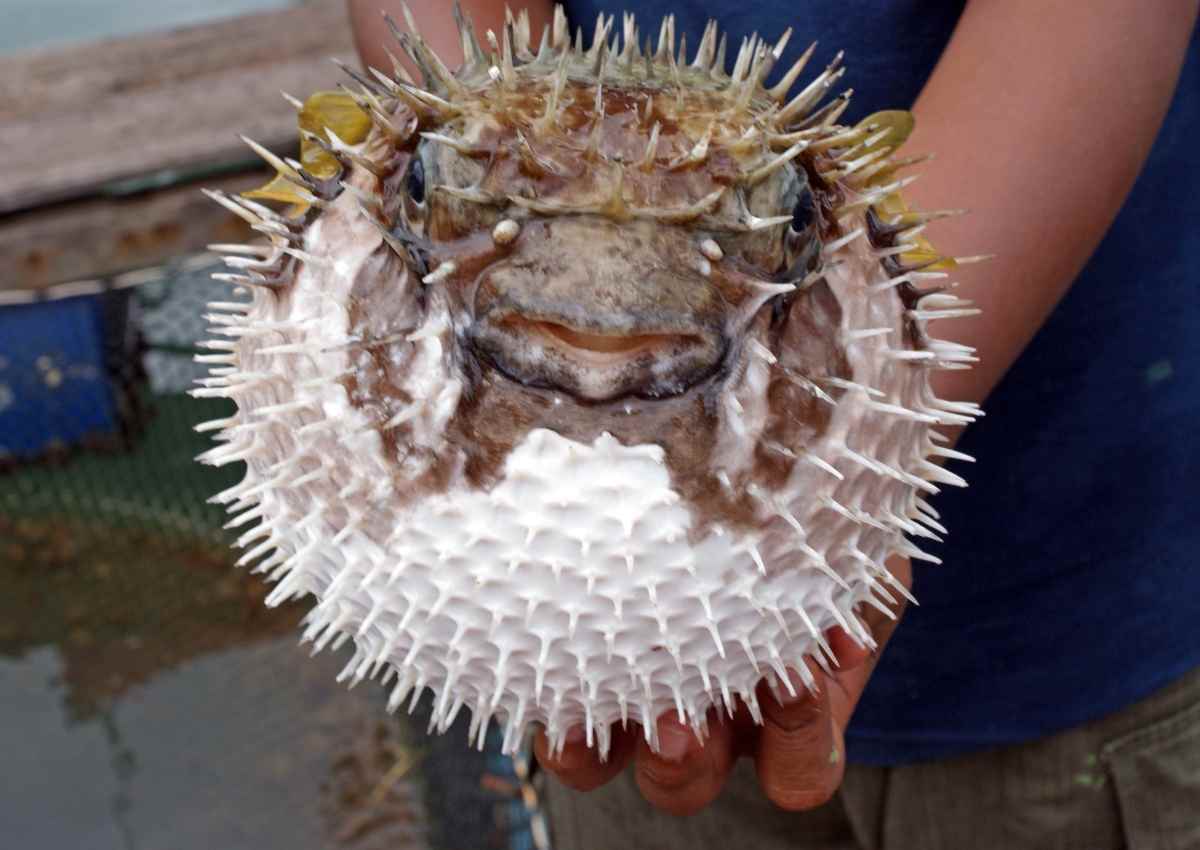In the culinary world, few dishes are as revered and feared as Fugu, the Japanese delicacy prepared from the notorious pufferfish. Known for its potentially deadly toxins, Fugu requires a delicate touch in both preparation and consumption, making it a rare and intricate culinary art. Join us as we explore the delicate world of Fugu, where skilled chefs navigate the fine line between exquisite dining experience and potential danger.
The Pufferfish Paradox: Beauty and Danger in One Dish
The pufferfish, or Fugu in Japanese, is a unique marine creature celebrated for its delicate flavor and texture. Yet, it carries a dark secret—the presence of tetrodotoxin, a potent neurotoxin that, if not handled properly, can be lethal. This duality between beauty and danger sets the stage for Fugu’s status as a culinary delicacy.
Culinary Tradition: A Centuries-Old Art Form
Fugu has been a part of Japanese culinary traditions for centuries, with historical records indicating its consumption as far back as the Edo period. Over time, Fugu evolved into a culinary art form, and the preparation of the fish became a closely guarded skill passed down through generations.
Skillful Preparation: Mastering the Art of Fugu Slicing
The key to serving Fugu lies in the skillful preparation of the fish, particularly the delicate art of slicing. Licensed chefs undergo rigorous training, often lasting years, to master the precise techniques required to separate the edible portions from the toxic ones. Each cut is calculated, ensuring that the meal is both flavorful and safe.
Fugu Varieties: From Sashimi to Hot Pot
Fugu can be enjoyed in various preparations, with Fugu sashimi being the most famous. The translucent slices, meticulously arranged on a plate, showcase the chef’s artistry. Fugu can also be featured in hot pot dishes, where the delicate flavor of the fish infuses the broth with a subtle and distinctive taste.
Regulation and Licensing: Safeguarding Against Danger
To protect diners from the potential risks associated with Fugu consumption, strict regulations and licensing requirements are in place in Japan. Chefs must undergo extensive training and pass rigorous examinations to obtain a Fugu handling license. This system aims to ensure that only skilled professionals are entrusted with the delicate task of preparing Fugu for consumption.
Culinary Experience: An Exquisite Dance of Flavor and Danger
Dining on Fugu is more than a meal; it’s an immersive culinary experience. Diners are aware of the risks involved, heightening the anticipation and appreciation for each carefully prepared bite. The delicate balance between the thrill of the unknown and the mastery of the chef contributes to the allure of Fugu dining.
International Reception: Fugu Beyond Japan’s Shores
While Fugu remains deeply rooted in Japanese culture, its reputation has spread beyond the borders of Japan. Select international restaurants, often run by chefs with specialized training, offer Fugu experiences to adventurous diners seeking a taste of this intriguing delicacy.
Conclusion: Fugu, A Culinary Tightrope Walk
Fugu dining represents the delicate dance between flavor and danger, where skilled chefs navigate the fine line to create an unforgettable culinary experience. As diners savor the exquisite taste of Fugu, they become part of a tradition that embraces both the artistry of the chef and the inherent risks associated with one of the world’s most enigmatic dishes. Fugu stands as a testament to the culinary world’s ability to transform danger into a refined and cherished art form.

